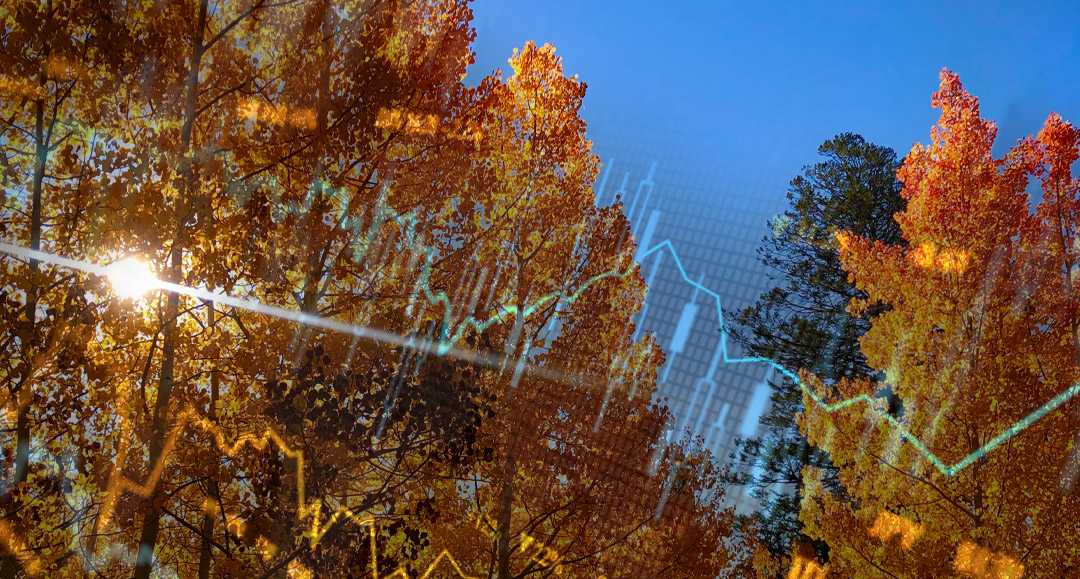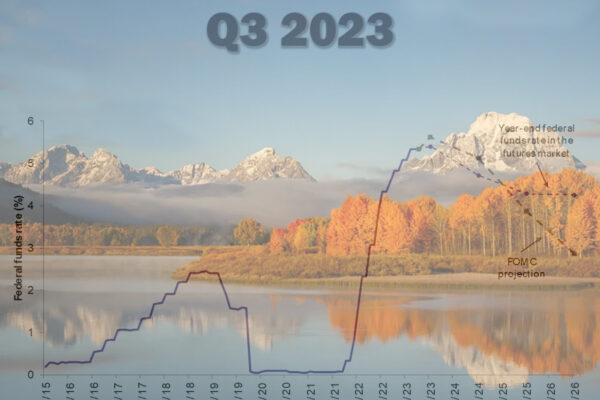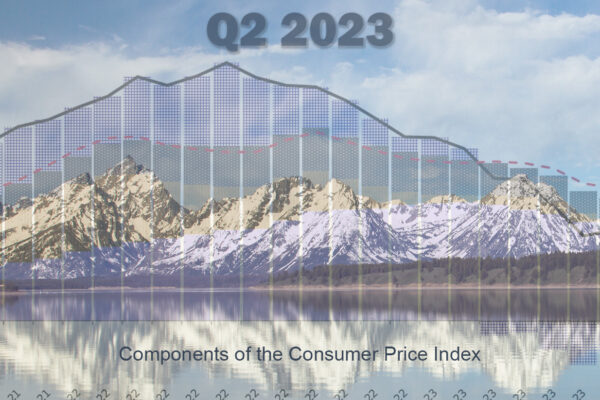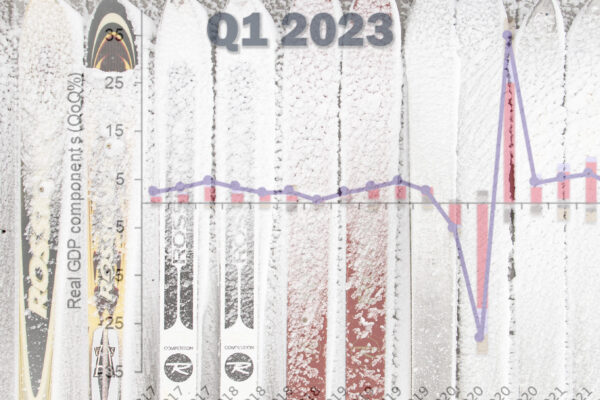
Q3 2020 Market Insights
As we turn the corner to fall a lot continues to happen in the political arena, the economy, and – by extension, the financial markets. First and foremost, we wish you and your family health and happiness as COVID remains at the forefront of our daily lives. Through the third quarter volatility remained a central theme but markets continued to be tenacious as momentum carried the S&P and Nasdaq to record highs. Here in Jackson the ride was just as wild as visitation numbers surged and Mother Nature surprised us on September 7th with snow all the way to the valley floor. It’s likely with the election on the horizon and heightened COVID concerns market volatility will persist, but regardless of who is elected president economic conditions are expected to improve through 2021.
As most of us experienced, Wyoming’s open spaces became a place of refuge to many visitors this summer. Grand Teton National Park (GTNP) and Yellowstone exceeded previous year’s visitation numbers as early as July. GTNP set records in September hosting 603,789 visitors and hiking trail use was up approximately 54% year-over-year (YOY). Campgrounds in both parks and the national forest experienced unprecedented levels of traffic as well – traffic counters in the Shadow Mountain and Spread Creek region saw 3-400 vehicles daily. Local real estate figures also surged. In July and August transactions in Teton County were up 84% YOY, and the median sales price increased from $1.75M to $2.7M. Year-to-date closed transaction volume reached $1.146 billion, marking a 75% increase over 2019. Despite more visitors, unemployment in Teton County remains high and sales and use tax numbers still lag previous years. Airport volume was also up 67% from April but passenger traffic remains low compared to years past.
Regarding the markets, for the second quarter in a row we experienced dramatic gains, marking the best two-quarter performance since 2009. Many investors attribute the gains to an economy that’s steadily improving. Although most leading economic indicators lag pre-pandemic levels, indicators like manufacturing, unemployment and interest rate spreads are moving in the right direction. The quick turnaround was largely a result of aggressive monetary and fiscal stimulus coupled with low interest rates and pent-up demand from COVID related lockdowns. This increased consumer confidence and pushed the S&P 500 to a record high, up 30% from March lows.
Despite the speed of the recovery, concerns remain about the overall health of the economy. From a macro perspective it is likely GDP globally will fall 3-4% in 2020. The anticipated contraction in the US and China is likely to be moderate, but renewed trade tensions between the world’s two largest economies could have side effects. Japan and other developed economies will likely lead the global downturn, hurt primarily by their exposure to foreign trade and delayed pandemic containment.
Then there’s the elephant in the room: the election. History has shown elections and the overall congressional makeup in Washington have no effect on long-term investment performance. Over the last 85 years the general direction of the market has been up, during which there have been seven Democratic presidents and seven Republican presidents. Market volatility however often coincides with elections because media news cycles foster uncertainty, the antithesis of what markets desire. For investors we recommend tuning out the noise and focusing on the long term. Instead of trying to predict who wins, now is a great time to revisit your strategic asset allocations.
On the investment front, if you experienced gains from large cap and technology positions, now is a good time to rebalance to your target allocations, or raise cash. Those looking to put cash to work can find opportunities in U.S. equity sectors with combinations of better cash flow, earning potential and attractive debt, such as tech, consumer discretionary, communication services and healthcare. Conservative investors seeking yield should emphasize investment grade and high yield fixed income securities, or preferreds. With economic conditions expected to improve through 2021, we recommend staying the course on your investment strategy. Market timing is rarely a winning strategy, and for the long-term investor remaining on the sidelines often does more harm than good to portfolio returns.
As we enter the final quarter of the year, the U.S. and the global economy continue to make great strides. Domestically, many segments of the economy have recovered while we have adapted to a new normal and learned to operate in a COVID-framed world. We wish you and your family well throughout the changing seasons.
Sincerely,
The Wind River Capital Management Team



